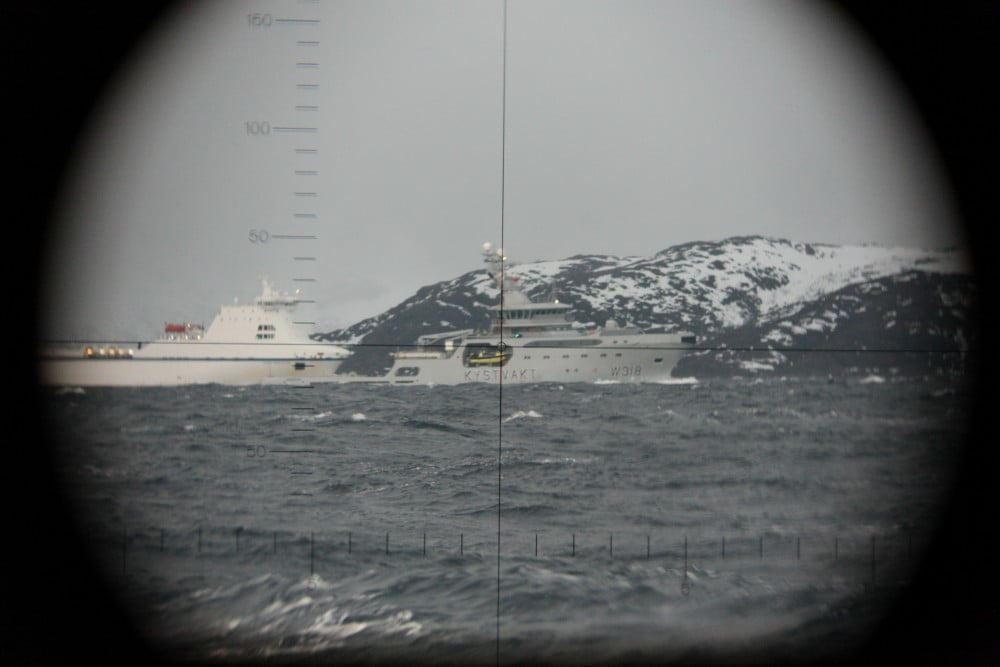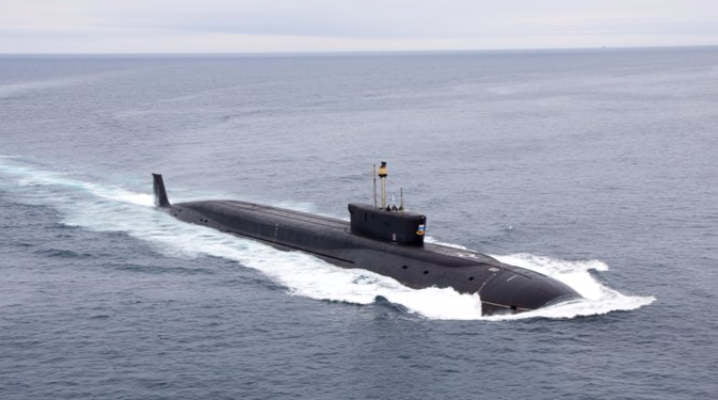The Nordics are clearly working a way ahead for enhanced direct defense of their region.
And they are doing so within the context of a reworking of NATO capabilities for Northern European defense.
F-35 acquisition is one way the Norwegians are working this approach.
The common acquisition of submarines with the Germans is another.
Recently (November 27, 2018), the Norwegian Ministry of Defence announced that they had received a binding offer from the Germans on October 30, 2018 and are now working on the next phase of negotiations.
Norway and Germany will together negotiate a contract to procure six identical submarines. The commercial process towards the supplier has been ongoing since the summer of 2017, and the binding offer from ThyssenKrupp Marine as a basis of the next phase of negotiations.
The procurement agencies, Norwegian Defence Materiel Agency (NDMA) in Norway and Bundesamt für Ausrüstnung, Informationstechnik und Nutzung der Bundeswehr (BAAINBw) in Germany, received the binding offer from the main supplier on the 30th of October 2018, and has begun a thorough joint evaluation of the offer.
“We will now go through the offer from the shipyard before the negotiations begin,”says Minister of Defence Frank Bakke-Jensen.
Norway and Germany will conduct joint negotiations towards the shipyard with the aim of reaching an agreement and signing a contract in 2019. Both nations expect the negotiations to be challenging.
Germany and Norway will procure identical submarines in the same timeframe. This will give synergies and savings throughout the lifetime of the submarines for both nations.
In addition to the submarine cooperation, the nations have established a Navy-to-Navy cooperation, Research and Development cooperation and a Missile cooperation.
In other words, the approach will provide new capabilities for Norway and enhanced capabilities for Germany and a deepened cooperation in working the key areas of common defense, like the Baltic Sea.
An article written by Thomas Nilsen and published in The Barents Observer on February 3, 2017 highlighted the importance of the deal.
Norway’s current fleet of six Ula-class conventional submarines reaches end of life by mid- 2020 to 2030 and will be decommissioned. In times-of-budget-cuts and disarmament in the years after the Cold War, one option considered for the Navy was to scrap the idea of having an own fleet of submarines.
Then Russia started to re-arm and modernize its Northern fleet vessels and weapons based on the Kola Peninsula bordering Norway on the Barents Sea coast. After scrapping 130 of its Cold War fleet of nuclear powered submarines, Vladimir Putin’s Russia is now building new multi-purpose and ballistic missile submarines at a speed not seen since the end of the 1980s. Eight new Borey-class, eight new Severodvinsk class, several new diesel-powered and other special purpose submarines are recently delivered to the Northern fleet or currently under construction.

In a White Paper to the Parliament in 2016, the Norwegian Government again underlined the importance of submarines and their place in the future development of the Norwegian navy.
“Submarines are amongst the Norwegian Armed Forces’ most important capabilities and is of great significance for our ability to protect Norway’s maritime interests,” Ine Eriksen Søreide said when announcing the cooperation with Germany.
“Submarine cooperation with Germany will ensure that Norway gets the submarines we require, and at the same time contributing to Smart defence and more efficient defence material cooperation in NATO,” the Minister of Defence said…..
“The submarines Norway and Germany will procure ensures a submarine service for the future. Norway has an evolutionary approach to new submarines, and will base the procurement on an existing submarine design. This way we avoid an extensive development project with the risks and costs this would involve. In addition, together with Germany, we will get a larger scale in the production” said Ine Eriksen Søreide.


